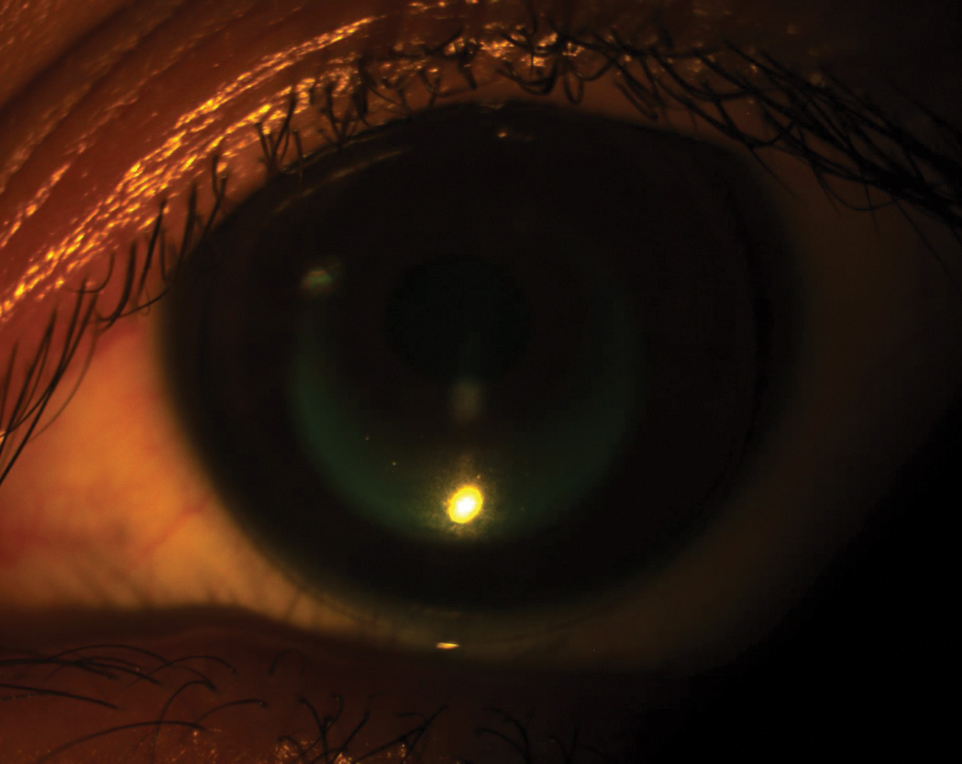 |
| An increase in the eyecare workforce is required for the ongoing provision of myopia treatments, such as ortho-K, at thresholds of 0.50 D and 0.25 D/year, respectively. Click image to enlarge. |
With myopia being one of the fastest-growing eye conditions affecting our global population, consistent efforts by eye doctors to help treat and manage the condition are needed. There have been several recent and largely effective advancements in myopia treatments for children, including atropine drops and orthokeratology or other specialty contact lenses. In addition, regular examinations are necessary to monitor progression. While eyecare providers have the resources available to advise them on how to best treat and manage these patients, what toll will it take on the profession’s workers to keep up with myopia management for such a growing patient population? A recent study sought to answer this question.
“Over the coming years, the standard of care for optometrists and ophthalmologists is likely to change such that all children with progressing myopia should be offered myopia control treatment,” the researchers of the study noted in their paper. “This will require more and longer clinical visits. The relatively high prevalence of myopia, compared with other conditions, means that even a small increase in required clinic visits to manage myopia could add a large burden to the eye healthcare system.”
While the study was conducted in the United Kingdom and Ireland, many of its findings can also translate to clinicians in the United States.
The research team developed two models for analysis of childhood myopia prevalence in both countries: the first calculated the number of primary care eye examinations conducted annually, and the second looked at the proportion of these exams that were for young myopes between the ages of six and 21. The data from both models found the prevalence of myopia in the population to be approximately 2.2 to 2.4 million, and the annual mean increase is 1.9%. They estimated that 7.61% of all eye examinations were for myopes in this age group.
Nearly half of the patients progressed at least 0.25D/year and 0.50D/year in either eye (48.9% and 24.6%, respectively). The mean spherical equivalent of the entire cohort was -2.02D. Patients received varying types of treatment, but that had little impact on the estimated required full-time equivalent workforce; however, another factor did appear to have a significant effect.
“Compared with 0.50D/year, defining myopia progression requiring treatment as a progression of ≥0.25D/year approximately doubled the estimated extra required workforce,” the researchers wrote in their paper. They noted that treating myopia progression at a 0.50D/year threshold was estimated to result in approximately 800,000 extra clinical visits per year.
If this data makes you worry for an oncoming storm, the researchers assure that, with the proper preventative measures, this will not be the case. “To avoid overwhelming eyecare service capacity, it will be necessary to maintain or increase growth of the workforce, provide additional training for the current workforce, manage the speed at which myopia control treatments are implemented into practice and generate further evidence and tools to optimize clinical review schedules and reduce visit length,” they concluded.
Lingham, G, Loughman, J, Kuzmenko, S, Biba, M, Flitcroft, DI. Will treating progressive myopia overwhelm the eye care workforce? A workforce modelling study. Ophthalmic Physiol Opt. June 21, 2021. [Epub ahead of print]. |


